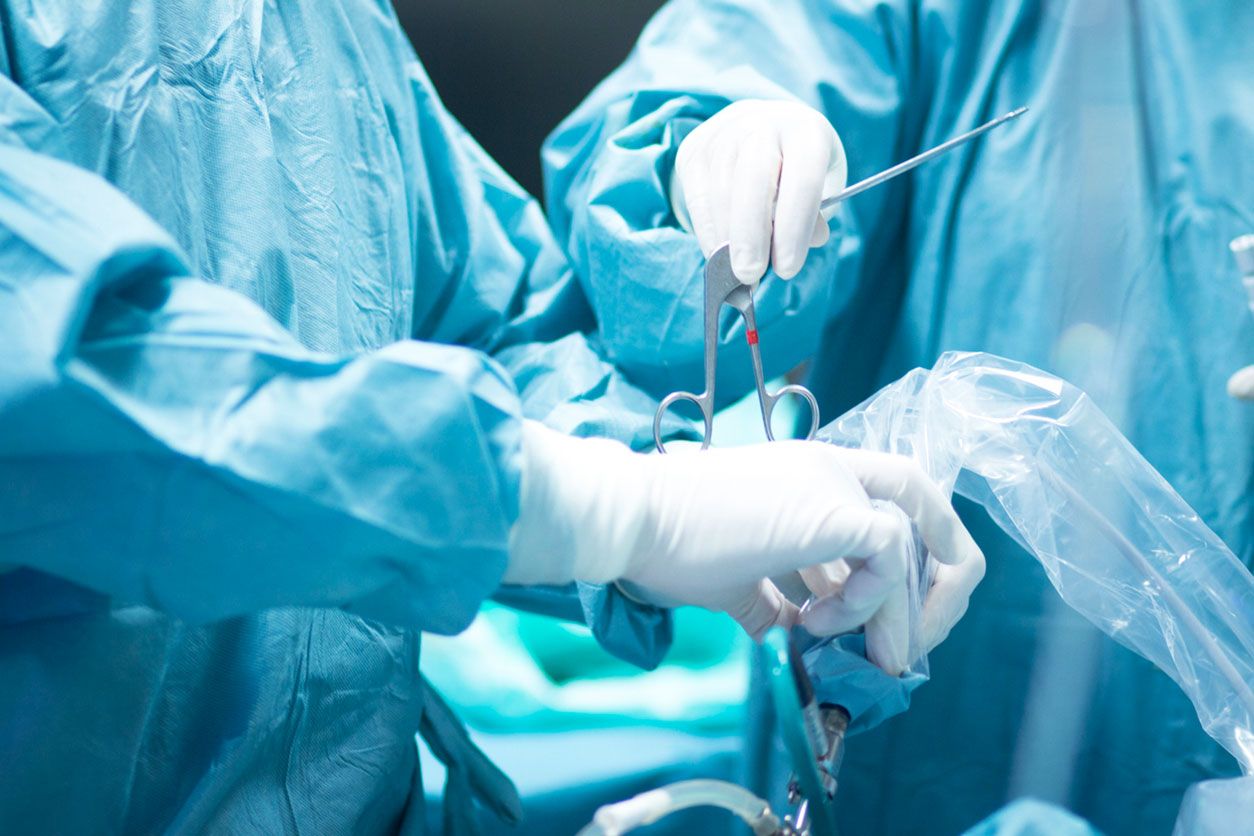When to Get Arthroscopic Surgery for Your Knee Problems

If you’re experiencing ongoing knee problems, you may be wondering if surgery is necessary for you to return to your usual activities. And if that is the case, you are far from alone. Knee injuries are among the most common reasons patients undergo arthroscopic surgery each year. The possible reasons for surgery are numerous, but some of the symptoms that lead patients to seek treatment are quite similar:
- Chronic knee pain that hasn’t improved with time
- Loss of motion in the joint
- Swelling or redness that doesn’t subside
Arthroscopic surgery is minimally invasive, requiring much smaller incisions than traditional surgery. Through the insertion of a small camera and lens, it can be used to view organs and joints throughout the body. As arthroscopic technology has improved in recent years, it has replaced more invasive surgeries and shortened the length of time it takes patients to heal.
Injury to a Major Knee Ligament
Nearly two million arthroscopic procedures are performed in the U.S. each year, and roughly 750,000 of those are knee operations. There are four major ligaments that are prone to injury or wear and tear. If the injury is serious enough, a patient might need surgery to repair one or more of these ligaments:
- ACL – The anterior cruciate ligament in the center of the knee controls rotation and forward movement of the shin bone.
- PCL – The posterior cruciate ligament is also in the center of the knee. This one controls backward movement of the shin bone.
- LCL – As the name suggests, the lateral collateral ligament enables side-to-side movement, providing stability to the outer part of the knee.
- MCL – The medial collateral ligament provides stability to the inner part of the knee.
When you seek medical attention for a knee problem, an orthopaedic surgeon will typically run some diagnostics to figure out what’s causing the problem. In fact, arthroscopy is sometimes used as part of the diagnosis process to get a better view of the joint from within. Other tests may also be conducted to evaluate the injury and enable your doctor to provide an appropriate treatment plan.
Knee Osteoarthritis
Some 30 million Americans suffer from osteoarthritis, a degenerative disease of one or more joints. Over a million have rheumatoid arthritis (RA), a debilitating and chronic autoimmune disease marked by inflammation that typically targets the lining of multiple joints throughout the body. While arthroscopy has helped diagnose and treat patients with osteoarthritis, there are quite a few other possible treatments. Depending on your patient profile and the results of medical tests, your doctor might recommend medication, PRP therapy or something else. Like with other knee conditions, your doctor may first recommend conservative treatments to determine if your problem can heal without surgery.
A Torn Meniscus
Arthroscopy for meniscus injuries is one of the most frequently performed arthroscopic procedures. The meniscus is a soft, C-shaped piece of cartilage that serves as a cushion between the shinbone and thighbone. Meniscus function is crucial in order for many basic movements to be performed comfortably, from walking to climbing the stairs. There are different possible procedures for this area, as well, depending on the type and severity of the injury: such as a partial meniscectomy, which may require removal of the meniscus, a repair of a torn meniscus, or a full meniscus replacement.
Other Knee Problems Treated with Arthroscopy in Chicago, Illinois
Knee health is as complex as it is necessary for a whole spectrum of routine physical functions, particularly for athletes and the many people who enjoy an active lifestyle. Here are some other frequent reasons that arthroscopy is used to treat knee problems:
- To reconstruct a torn ACL or PCL
- To trim damaged articular cartilage
- To remove fragments of bone or cartilage
- To remove damaged synovial tissue (which helps keep the joint lubricated)
- To treat a damaged patella (kneecap)
- To treat an infection such as knee sepsis
Arthroscopic surgeries have become less invasive and more successful over the years, ensuring that more patients can return to their usual routines with less time needed for recuperation. Talk to your doctor to find out if your issue can be treated with physical therapy or nonsteroidal anti-inflammatory drugs (NSAIDs) so that surgery can be avoided.
At MidAmerica Orthopaedics, patients get access to specialists who are highly trained in arthroscopic surgery, as well as a wide range of other knee treatments – all under one roof. If you need arthroscopic treatment for a knee problem, contact us to schedule an appointment with a physician today.

